Featured Photo Above:
“Fickle Fate at Forbes” by Graig Kreindler

Baseball History Comes Alive Now Ranked As a Top Five Website by Feedspot Among All Baseball History Websites and Blogs!
(Check out Feedspot's list of the Top 35 Baseball History websites and blogs)
Guest Submissions from Our Readers Always Welcome! Click for details
Scroll Down to Read Today’s Essay
Subscribe to Baseball History Comes Alive for automatic updates. As a Free Bonus, you’ll get instant access to my Special Report: Gary’s Handy Dandy World Series Reference Guide!
“Salute to Jim Creighton” Photo Gallery
Click on any image below to see photos in full size and to start Photo Gallery:
Jim Creighton: “The Man Who Saved Baseball” And martyred himself in the process!
Every once in a while, it’s fun to reflect back on the origin of this game that we all love. So here’s something a little bit different.
I’m reading an interesting new book called “National Pastime: U.S. History Through Baseball.” In the first chapter, detailing baseball’s origins in the 19th century, the authors mention the great Jim Creighton, possibly the game’s first “star player,” regarded as the model of pitching perfection during the 1860s and 1870s.
His pitching prowess was so highly regarded that he was never forgotten by his contemporaries. His exploits became the stuff of legend. Many a promising young pitcher in that era was referred to as “Another Creighton.” He may even be the game’s first “professional.” In 1860, he jumped from the Star Club of Brooklyn to the Excelsiors when that team secretly offered to pay him. Over the years, Creighton became known as the “Man Who Saved Baseball.”
The 1860 season was the apogee of Creighton’s career and the only one in which he played a significant number of games. That year he pitched baseball’s first recorded shutout. He pitched just six times for the Stars in 1859, did not pitch at all in 1861 other than in an all-star game. He was in six games for the Excelsiors in 1862. The 20 games he pitched in 1860 were more than half his career total.
At first, his legendary status is hard to comprehend. He had a very brief career and there were others of his era who were just as talented. What was so special about someone who pitched just 32 games during his career? Perhaps this quote I found about him provides a clue:
“Creighton utilized a pitching style no one had seen before, and there is no indication where he learned it or what caused him to adopt it. Unlike most pitchers who delivered the ball like a modern slow-pitch softball hurler, Creighton swept his hand close to the ground, and sent the ball rising toward the batter faster than most had ever seen before. He was not the first pitcher to throw at a fast speed, but his control, the spin he put on the ball and the upward trajectory of his delivery made him the first to serve a formidable defensive weapon rather than a passive feeder.” [As pitchers at the time were called].
In other words, Jim Creighton was what we would call the first “modern pitcher;” and the first to develop an effective fastball. It completely changed the way the game was played up until that time. Try to imagine baseball without the fastball! That’s where the game was before Jim Creighton came along. Then think about what that single innovation did for the evolution of the game. It set it on the path towards the modern game that we know so well. Each one of baseball’s unique features that we take for granted had to start somewhere…and with the fastball, it was Jim Creighton who discovered it.
Creighton was also the greatest hitter of his era. Supposedly, he didn’t strike out at all in 1861! And, what’s even more unbelievable to our modern eyes and ears, he reached base safely every time he came up in 1862!
Here’s what established his legend: Jim Creighton became the game’s first fatality. As the story goes, he hit a home run in a game against the Union Club of Morrison in October, 1861. According to the authors: “The power of his swing either aggravated a previous injury or ruptured an internal organ. He collapsed after crossing home plate and died four days later.”
…And with that, the legend of Jim Creighton became firmly established in the storied annals of baseball!
Gary Livacari
Photo Credits: All from Google search
Information: Excerpts edited from article on Jim Creighton by William Ryczek: https://www.thenationalpastimemuseum.com/article/legend-jim-creighton; and “The National Pastime,” by Martin Babicz and Thomas Zeiler
We are a participant in the Amazon Services LLC Associates Program, an affiliate advertising program designed to provide a means for us to earn fees by linking to Amazon.com and affiliated sites. Click here to view Amazon’s privacy policy
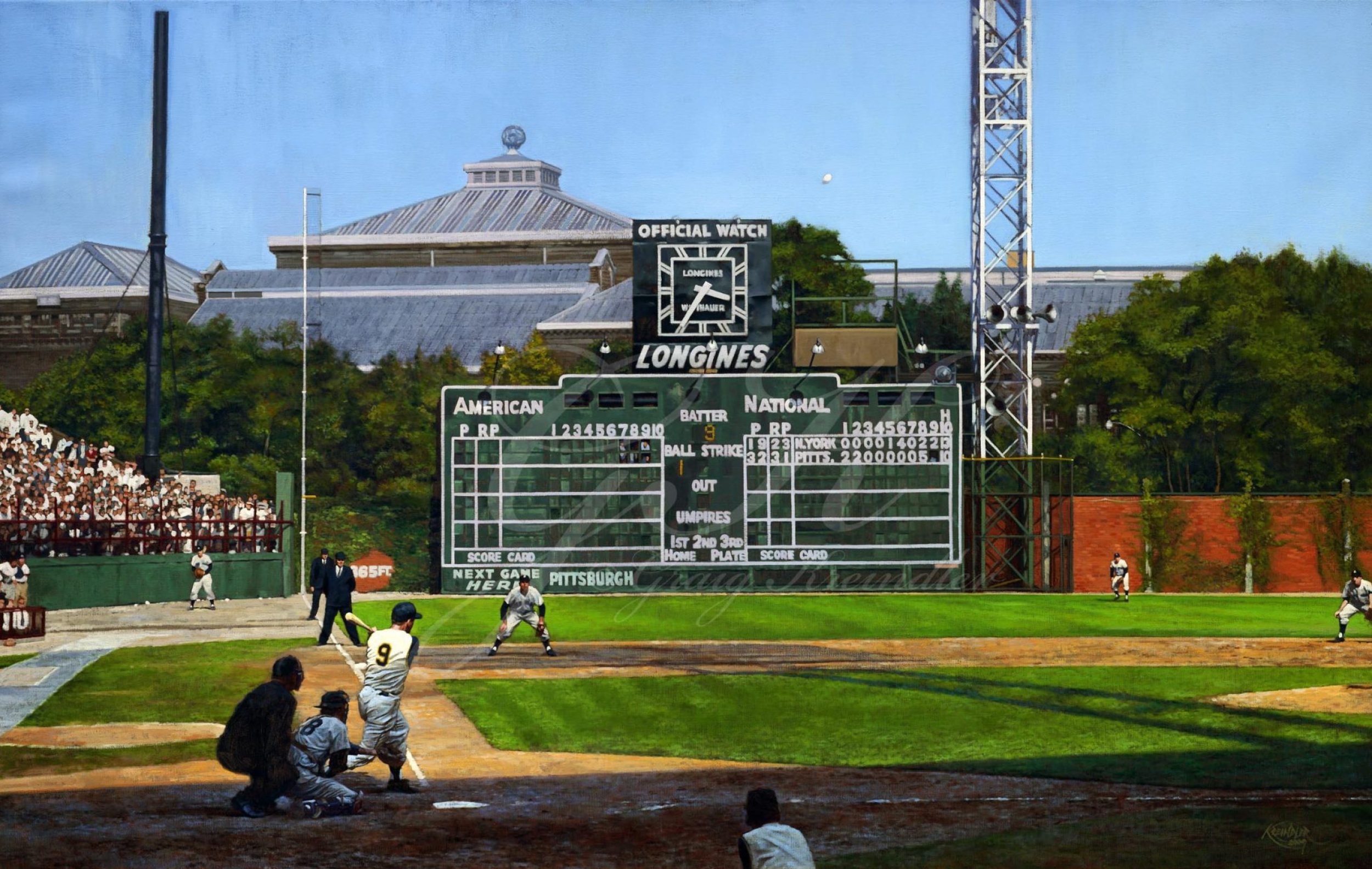
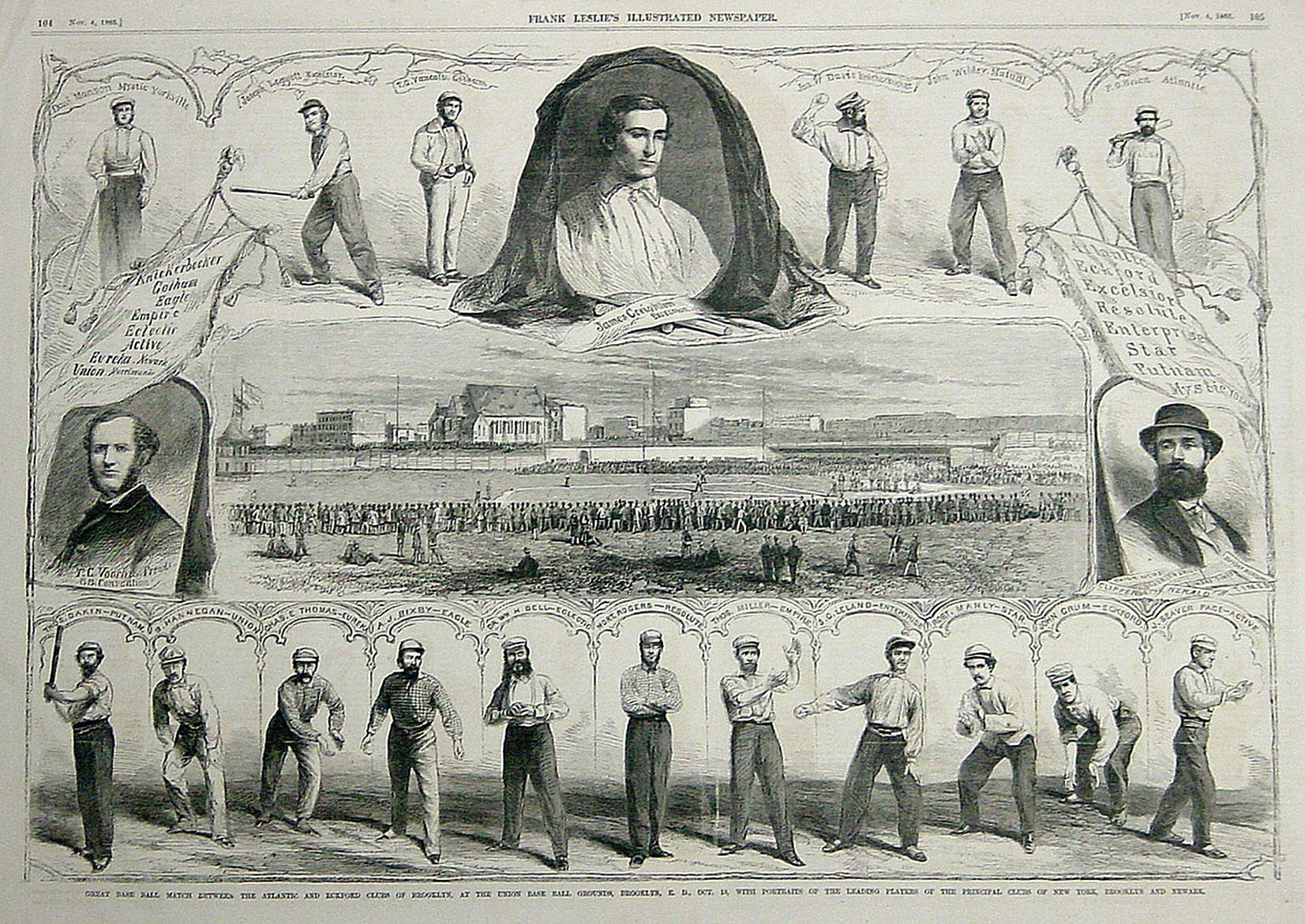
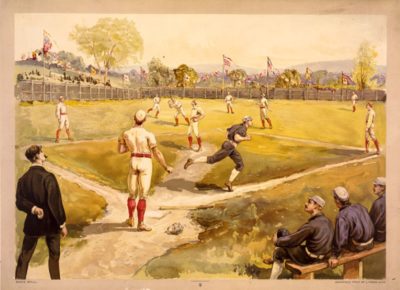
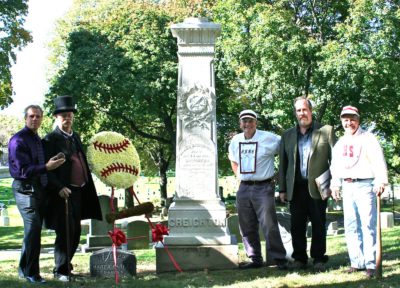
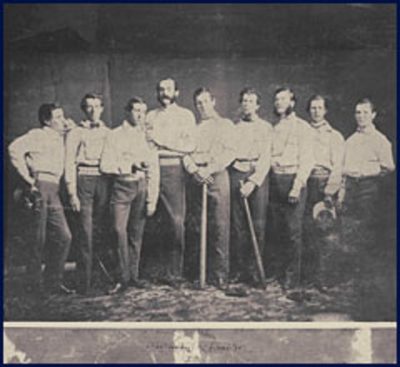
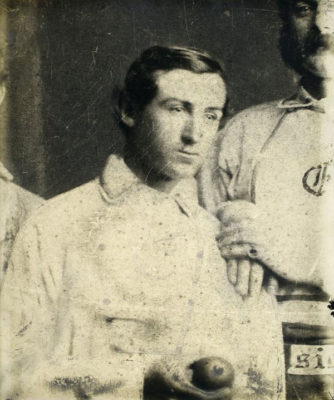
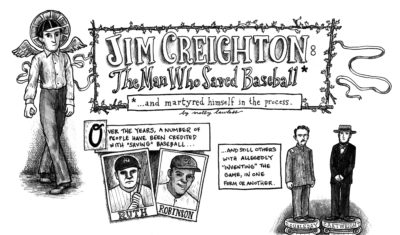
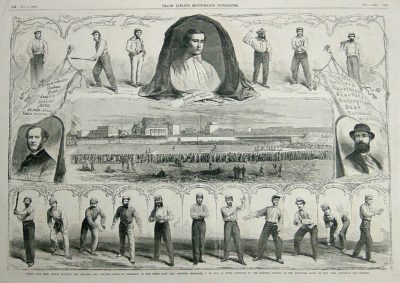
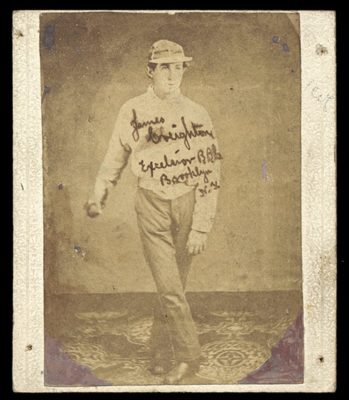
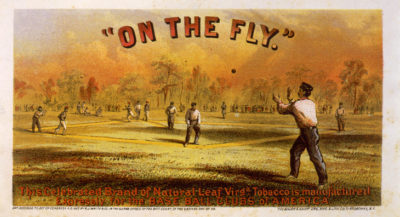
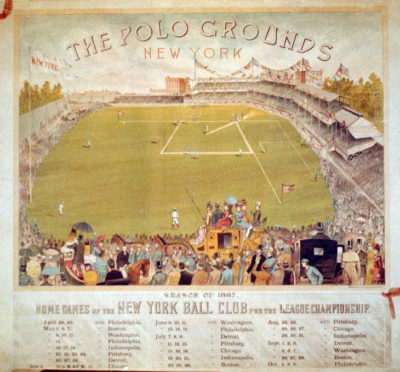
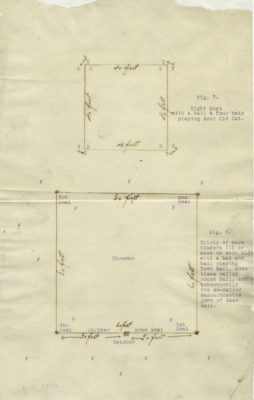
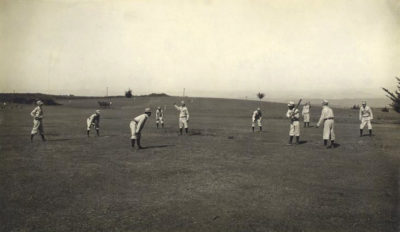
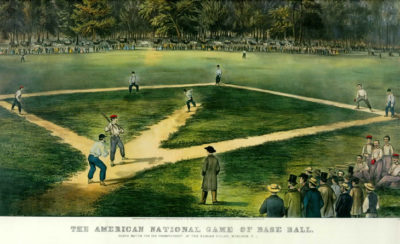
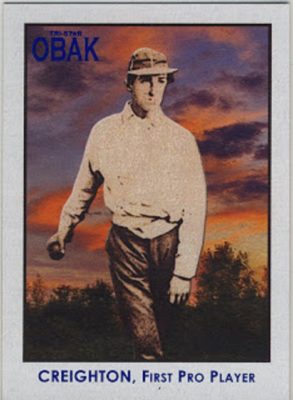

Thanks for the plug for National Pastime: U.S. History through Baseball. I hope you enjoy reading it as much as we enjoyed writing it.
Sure thing Marty…thanks for sending me the book, I’m enjoying it so far and I hope to write a nice review after I finish it. Let’s keep in touch!
Gary